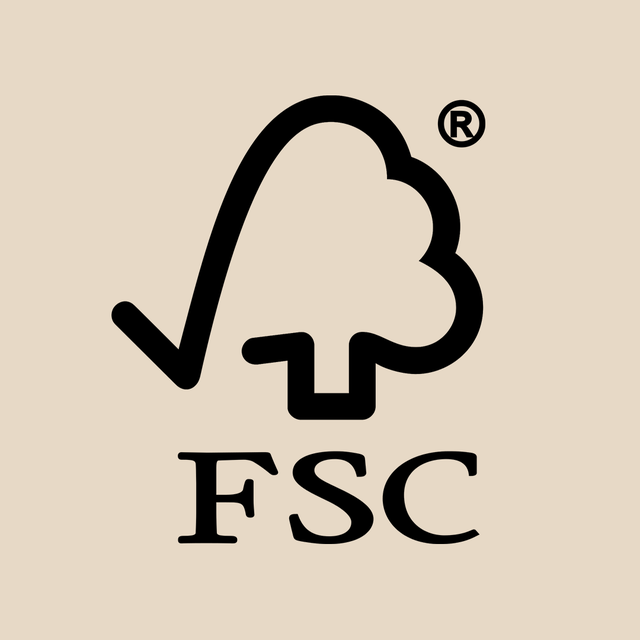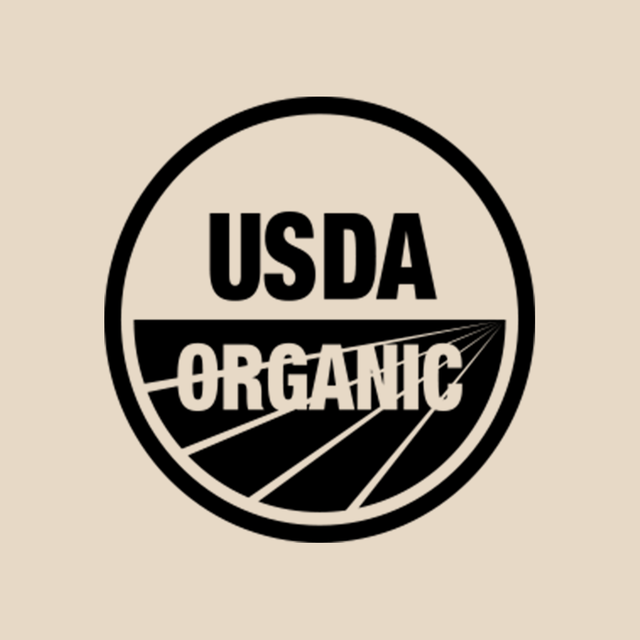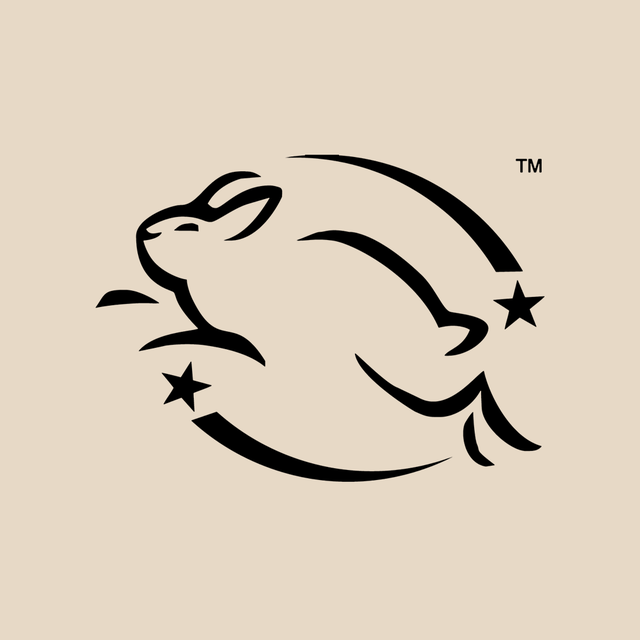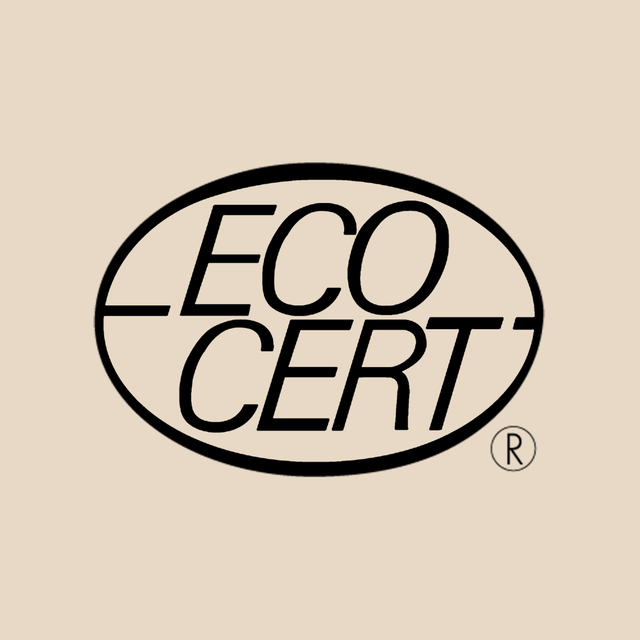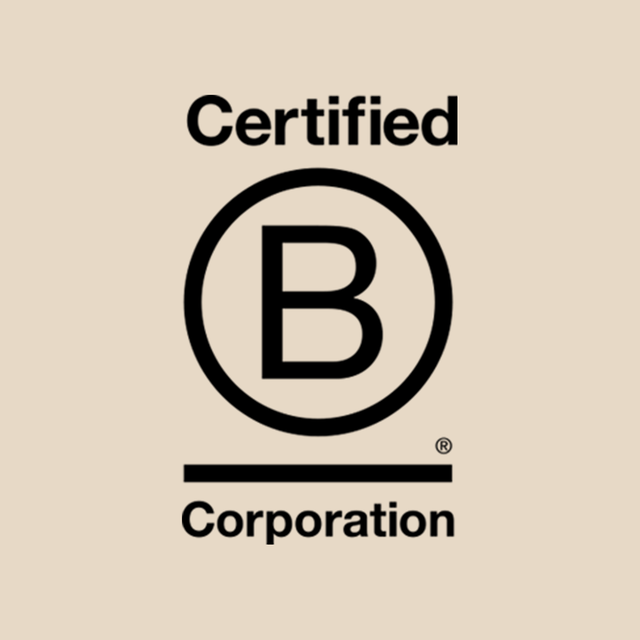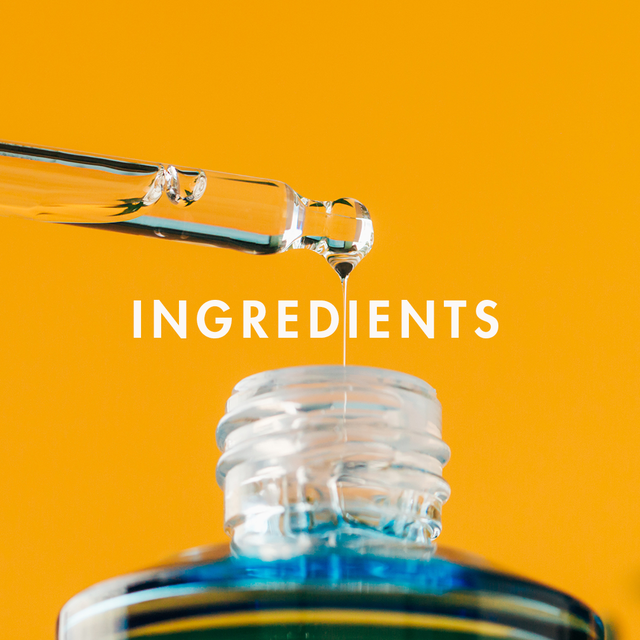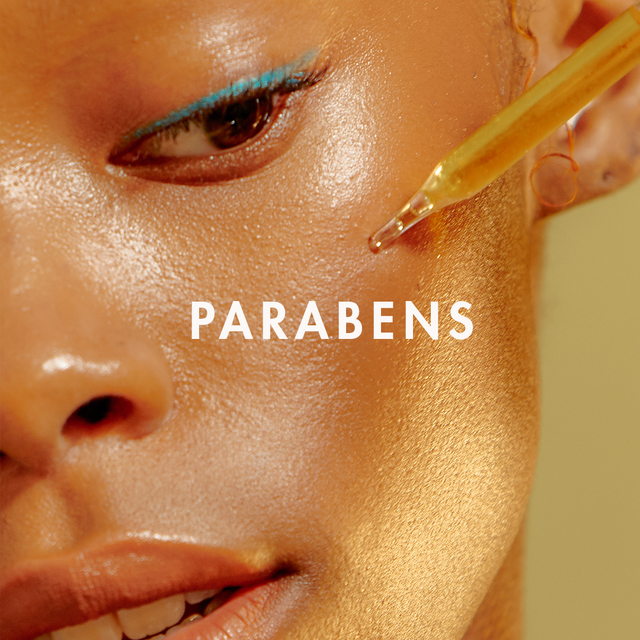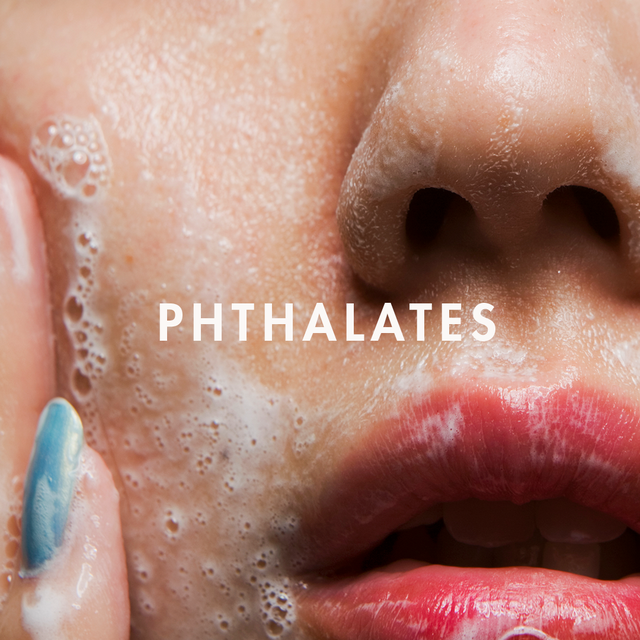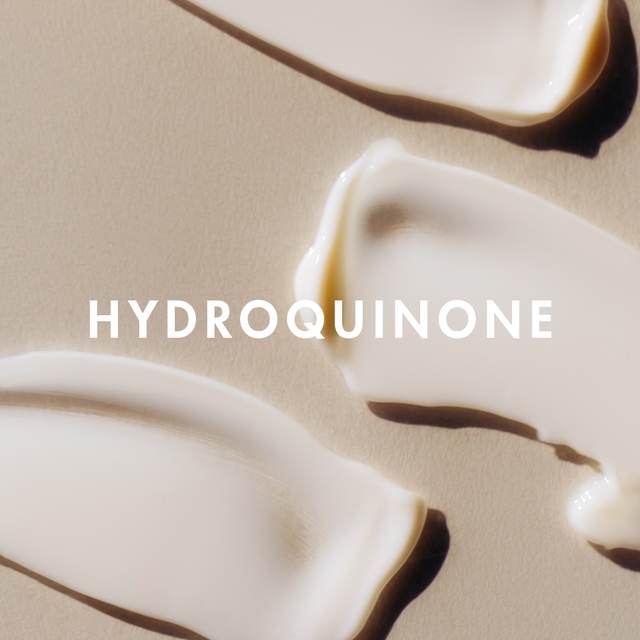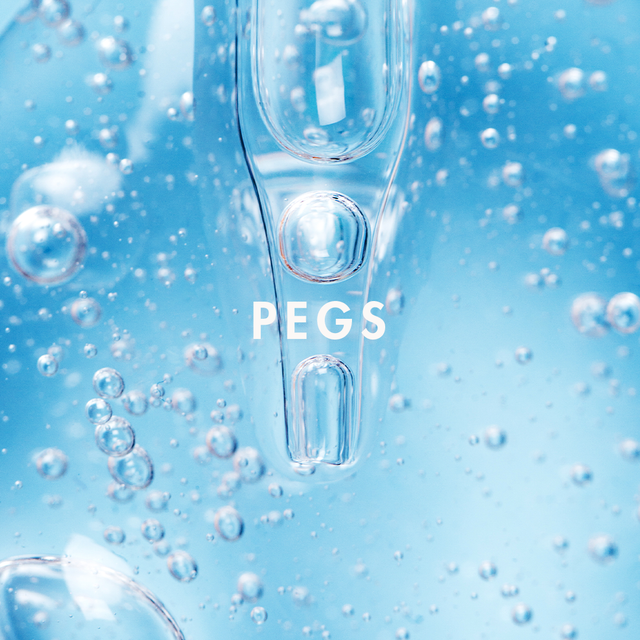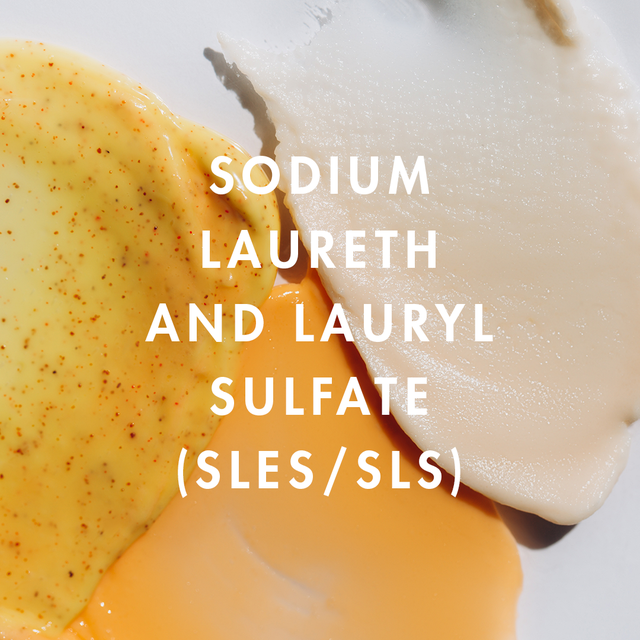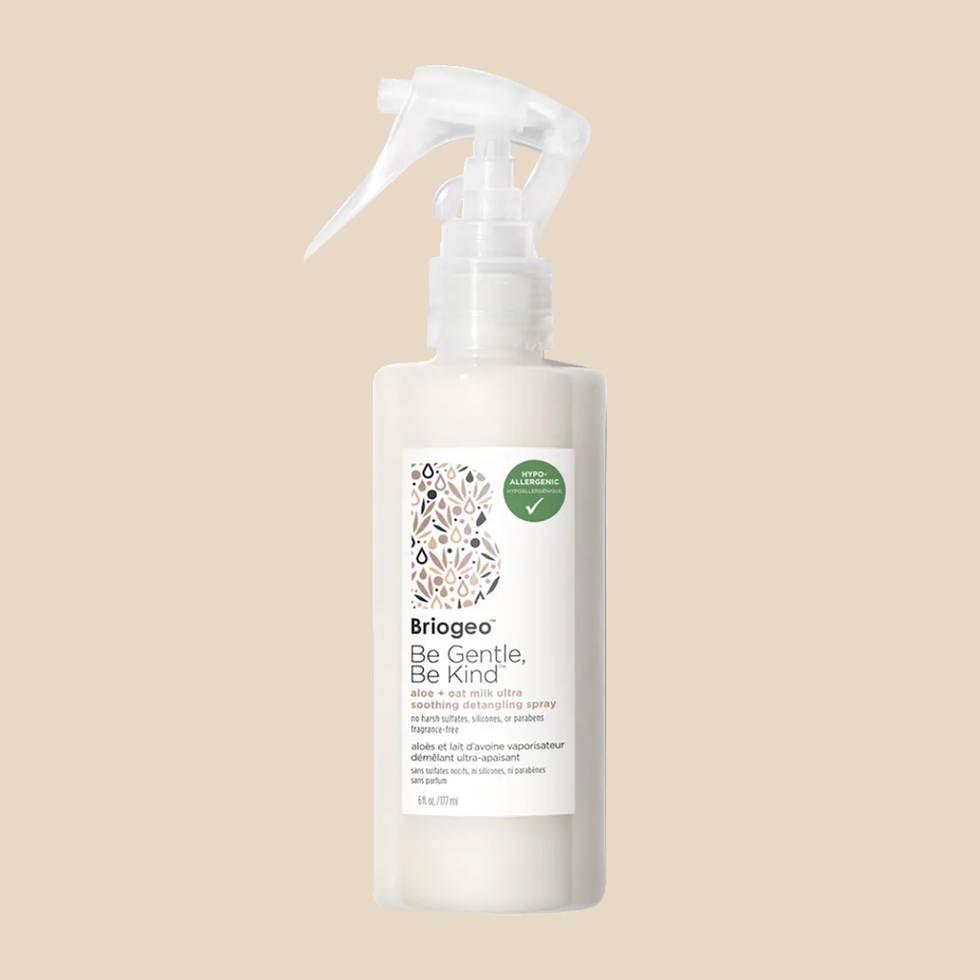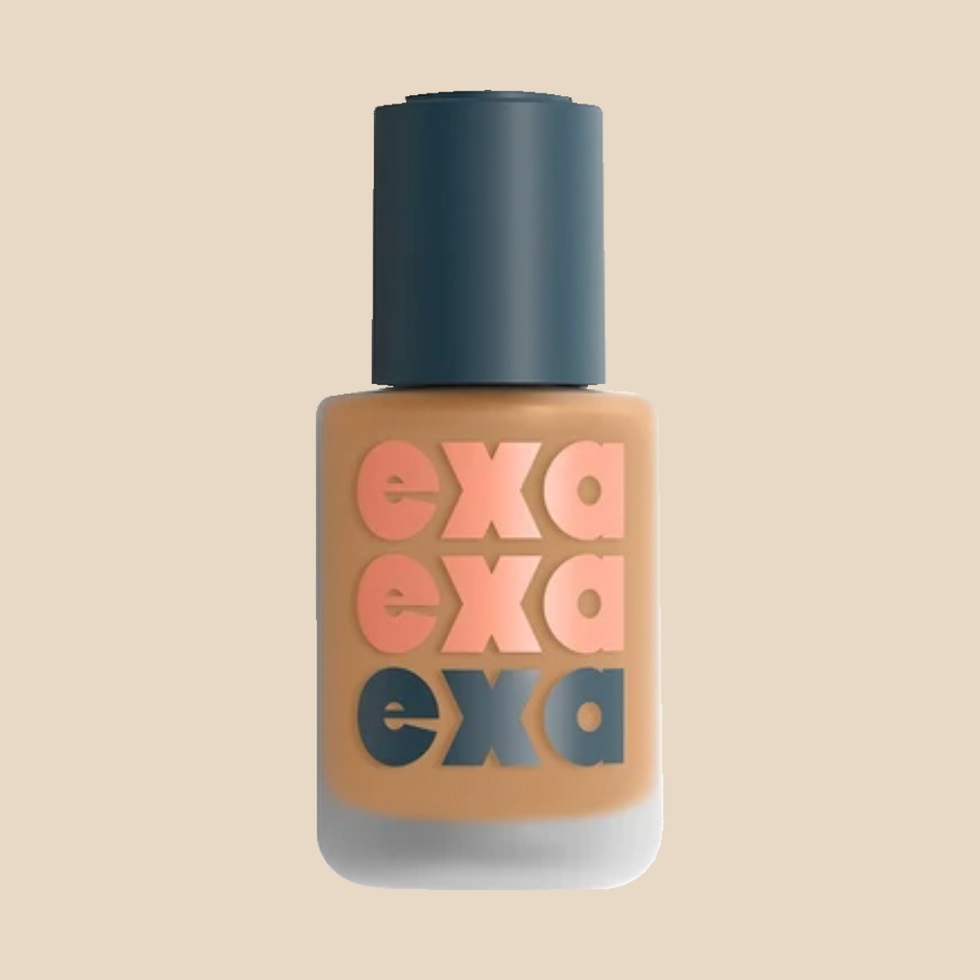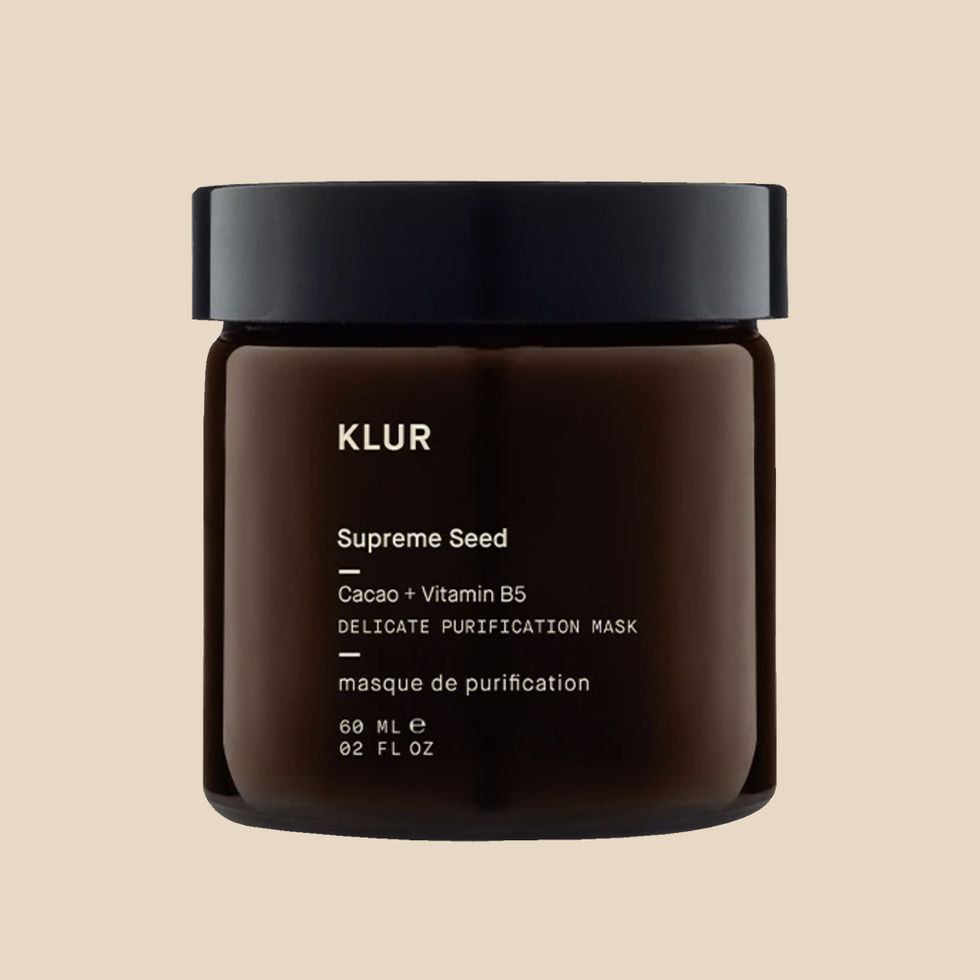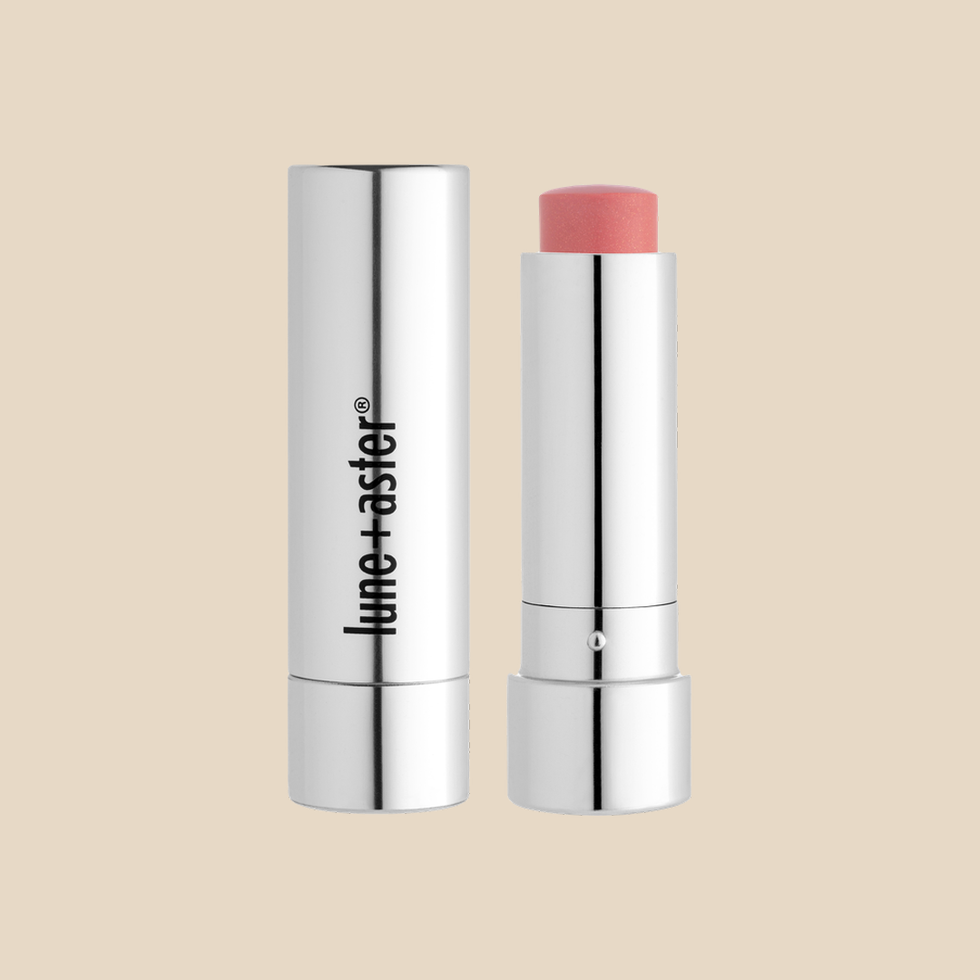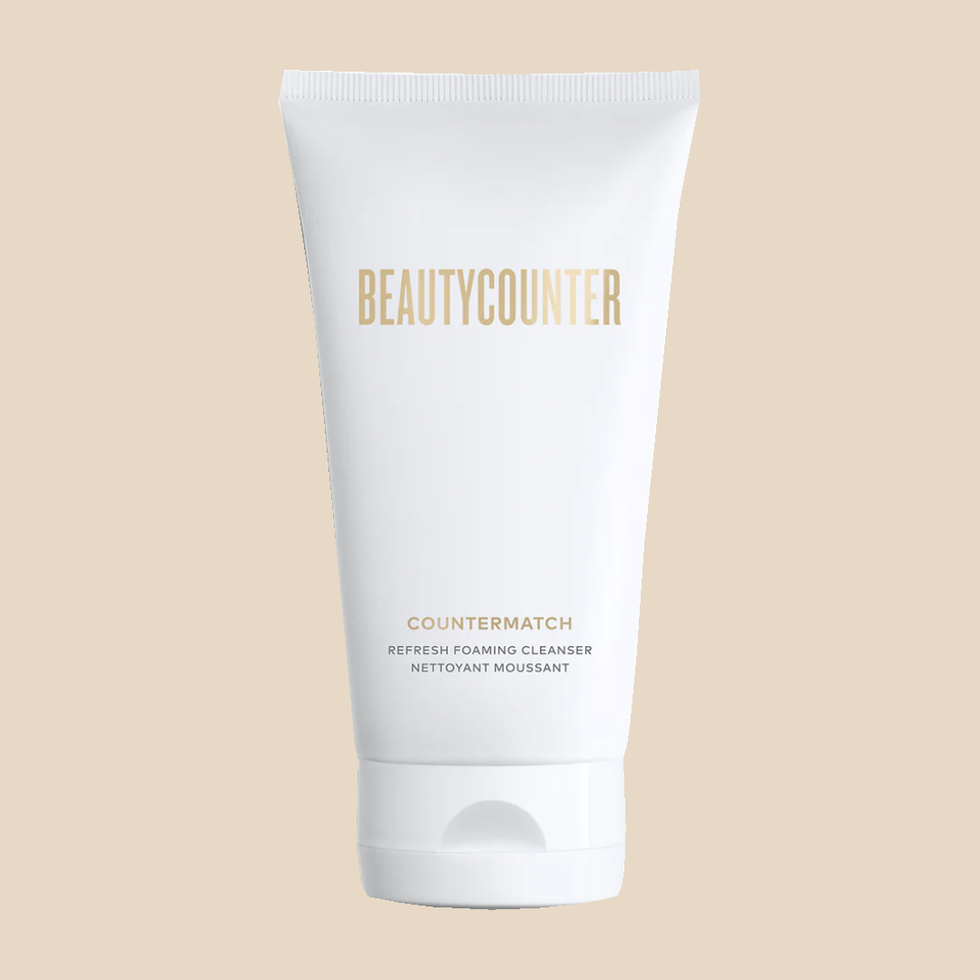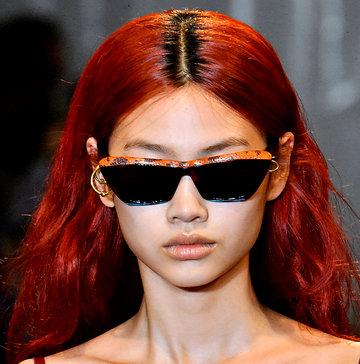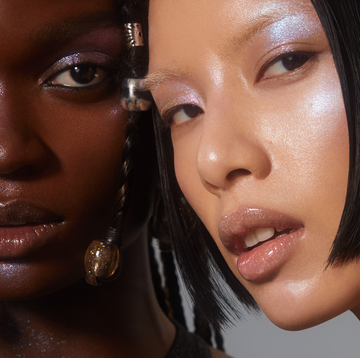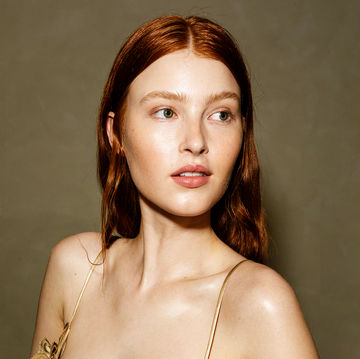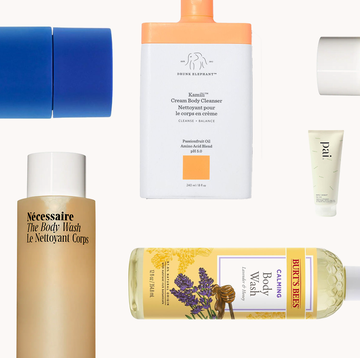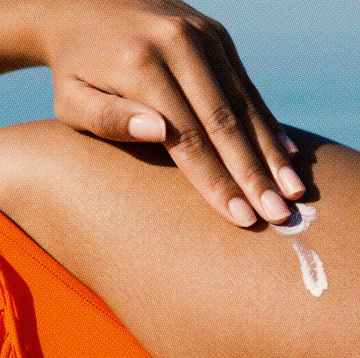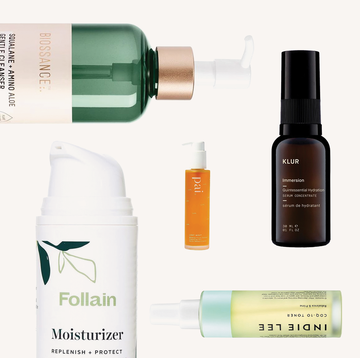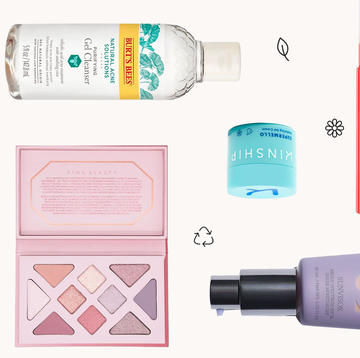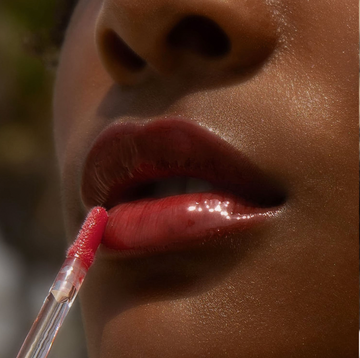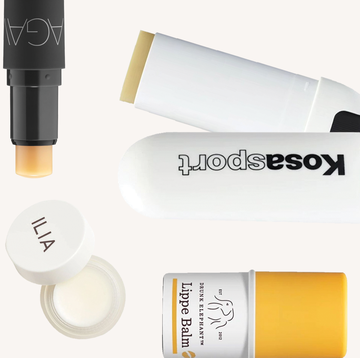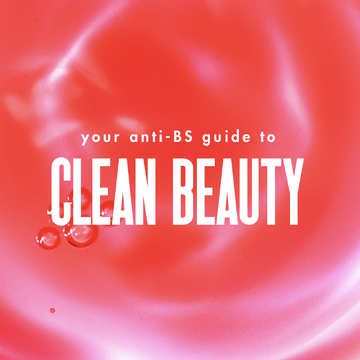The clean movement is probably definitely the biggest thing to happen to the beauty industry in a long, long time. Just take a look around the next time you head to a major beauty retailer like Sephora, Ulta, or Target: Whole entire sections—both IRL and virtual—are now dedicated to showcasing the best skin, hair, and makeup products in the clean space. In fact, I bet you can’t even scroll through your social feeds for more than a minute without seeing a new clean beauty brand, product, or influencer pop up on your screen. Clean beauty is officially everywhere—and it’s just the beginning.
Not only is the clean beauty market on track to grow nearly 10 percent each year (that’s huge, FYI), but it’s also projected to reach a whopping 25.11 billion dollars (!!) by 2025. And it makes sense: In a poll of Cosmo readers, more than a third of you said you either already use clean beauty products or want to start using them.
Still, as with all good things, there’s a slight catch: Clean beauty is confusing. Like, very confusing. With all the mixed-up jargon and phrases and “bad” versus “good” mentality among brands and products, the entire clean beauty scene can feel needlessly complicated. In fact, 53 percent of you said you were unclear on what clean beauty even is—which is exactly why I created this quickie guide for you. It covers all the need-to-know basics, from WTF “clean” even means to the best products to try first with none of the confusion. Consider this your crash course to all things clean beauty—and it starts now.
First things first: There’s no clear or easy definition for the term “clean beauty” (I know, I’m sorry), and that’s mostly because (1) the category is still new and growing, and also (2) there’s no government agency that regulates the use of the word “clean,” which means everyone—from brands to dermatologists—has their own interpretation.
Right now, the Cosmo beauty team considers clean beauty to include brands and products that take people’s well-being and the planet’s well-being into consideration when being developed, manufactured, and sold. It’s a broad definition, but that’s the point. As the innovation and science in the beauty and sustainability spaces change, so will our definition of clean beauty.
FWIW, the buzzy terms that are often used in tandem with clean aren’t regulated either, and that includes things like “green,” “natural,” “sustainable,” and even “organic.” So when you see a brand or product using these phrases, you can—and should!—be a bit skeptical. I mean, do I think the majority of brands have good intentions when using these words on their product packaging? Yes, of course. But do I also think there are some sketchy brands out there who green-wash (i.e., make false clean claims) their products just to make money? Also, of course. Which brings us to our next topic:
There’s no “class” or “guidebook” that covers how to decipher an ingredient list, so unless you have a degree in cosmetic chemistry, figuring out if something is actually clean (and not just marketed as such) can be very tricky. To keep things simple (ish) and help cut through the BS, I tell anyone who is new to clean beauty to focus on just two things: a few trusty logos and a few key ingredients.
Logos
Before you buy, look for one (or more) of the six logos below on a product’s packaging or website. Each one represents an independent group that has created their own set of standards and guidelines pertaining to clean beauty. These groups vet everything from a product’s safety to its environmental impact, so you don’t have to do any of the time-consuming investigative work.
Ingredients
Now for the second (and more ~involved~) piece of the puzzle: ingredients. Often, beauty products categorize themselves as “clean” based not on what’s actually in the formula but on what isn’t. Usually, you’ll see this written as a list of “free from...” on the product or website (see examples below).
But I want to be clear first: These ingredients aren’t going to kill you or fill you with toxins, no matter how fear-mongering something sounds. The point of clean beauty isn’t to demonize ingredients but to help everyone be more mindful and selective about what we’re putting on our bodies every day. My stance: If you can avoid these potentially questionable ingredients and still find affordable and effective products you love, why not try it?
It’s also important to note that these ingredients are hotly debated in the health and science community, and evidence that proves these “free from” ingredients are truly dangerous is still lacking. Correlation is not causation, but if you’re concerned, it’s worth exploring the world of clean beauty instead.
The goal isn’t to throw out everything currently in your medicine cabinet or makeup bag and start from scratch (that would be wasteful). It’s also not an all-or-nothing thing! You don’t need to ~exclusively~ use clean products to make a positive impact on your health or the planet. Baby steps are acceptable and encouraged.
“I tell clients to start with whatever touches the largest surface area of the their body, like replacing your empty body lotion or body oil with a cleaner alternative,” says Katey Denno, a celebrity makeup artist and clean beauty enthusiast. “Also think about what you’re using in the shower, because those products and ingredients are rinsed right down the drain and eventually end up in our waterways.”
“As for makeup, I always suggest swapping out your lip products, like balms, glosses, and stains first,” says Denno. “The potential for these ingredients to enter your bloodstream is higher since you’re using them on your mouth—not to mention most of us apply and reapply our lip products repeatedly throughout the day.”
Truly excellent clean products to try first
It’s a personal preference—and totally depends on what “better” means to you. If you’re talking about things like efficacy, color payoff, and performance, then you can find clean skincare, haircare, and makeup products that are just as good (if not better than!) their conventional counterparts. And if you’re talking about price point, retailers like Target and Ulta have made it easier to score clean beauty finds at the same price as other drugstore brands.
For me, clean beauty brands are often more closely aligned with my values (sustainability, transparency, and plant-based) than traditional brands, so for me, they’re a better fit. And based on the recent rapid growth of the clean beauty industry, I’m going to go ahead and guess that a lot of my fellow millennials and Gen Zers feel similarly.
The clean beauty movement is largely fueled by our desire to use products made with our health in mind while also supporting brands who choose to be environmentally and socially conscious. As long as clean beauty brands can continue to check those boxes—and trust, they will—you can fully make the switch to clean beauty without losing your sanity.
Lauren Balsamo is deputy beauty director at Cosmopolitan, where she writes, edits, and produces all types of beauty content—from product reviews to personal essays and trend reports. She has covered beauty for nine years at Cosmopolitan and has contributed to Women’s Health and Seventeen magazines as well. Follow her on Instagram.



